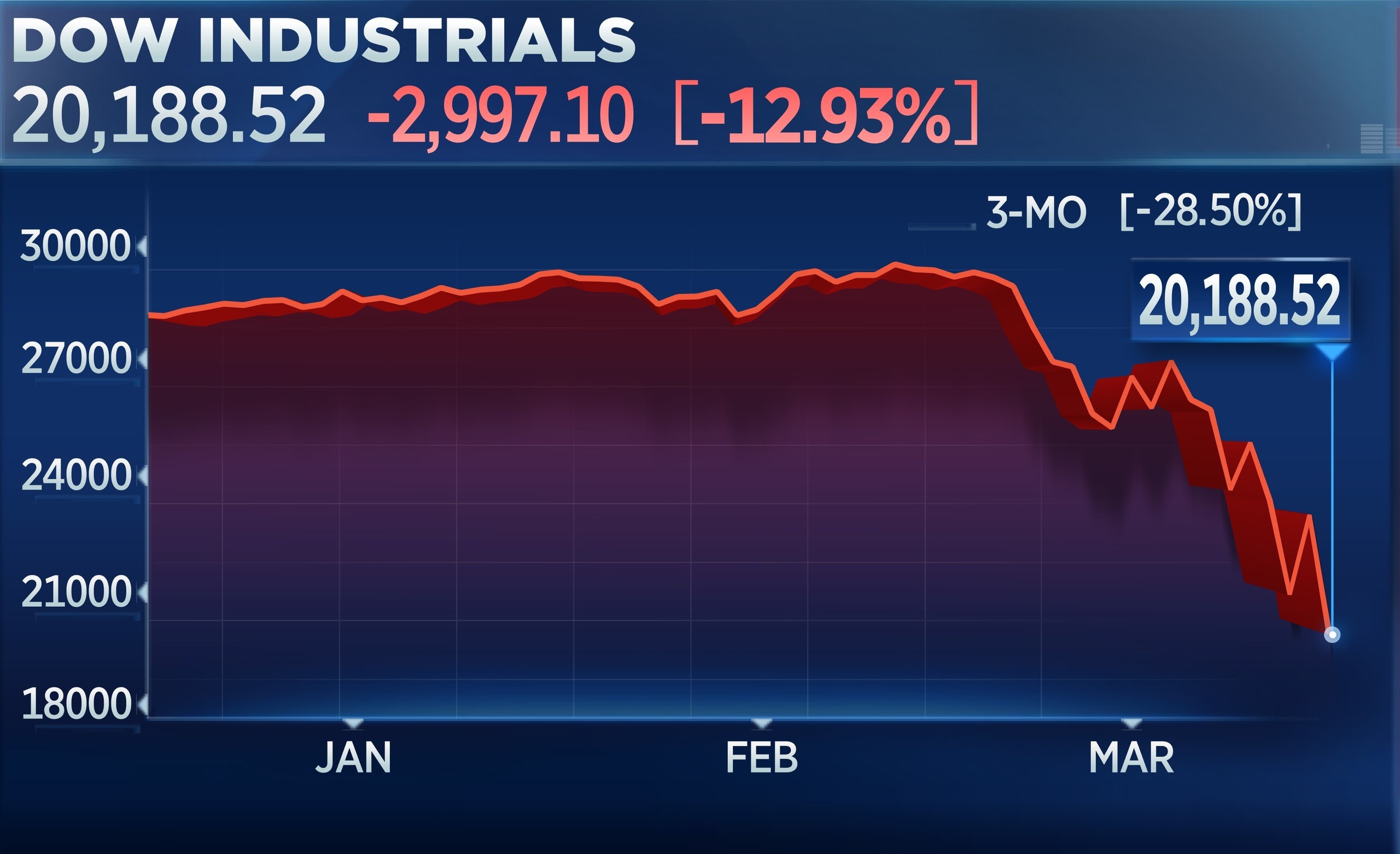
Surviving The Stock Market Crash
Surviving the stock market crash isn’t just about bracing for impact; it’s about preparing yourself mentally and strategically for whatever comes next. The stock market can feel like a rollercoaster ride, with its dizzying highs and gut-wrenching lows. For many investors, the thought of a sudden market collapse is daunting.
However, understanding how to navigate these turbulent waters is key to safeguarding your financial future. In this blog post, we’ll dive into what triggers a stock market crash, the signs that indicate trouble ahead, and essential strategies to weather the storm.
With expert tips at your disposal, you’ll be equipped not only to survive but also thrive in uncertain times. Let’s take a closer look at how you can stay one step ahead when panic sets in on Wall Street.
Understanding the Stock Market Crash
A stock market crash occurs when there is a rapid and significant decline in stock prices. This downturn can be triggered by various factors, including economic recession, geopolitical tensions, or corporate scandals. Investor sentiment plays a crucial role during these times. Fear and panic often lead to mass selling as traders rush to cut their losses.
The result? A downward spiral where prices plummet even further. Market crashes don’t happen overnight; they’re usually preceded by warning signs like inflated asset prices or declining consumer confidence. Recognizing these indicators can provide valuable insight into potential risks ahead.
Understanding the mechanics behind a crash helps investors remain grounded amidst chaos. It’s essential to differentiate between short-term volatility and long-term trends for better decision-making during crises. By grasping these fundamentals, you’ll position yourself to respond effectively rather than react impulsively when the storm hits.
Signs of a Potential Stock Market Crash
Recognizing the signs of a potential stock market crash is crucial for any investor. One key indicator is an extended period of rising stock prices, often referred to as a market bubble. When stocks soar without substantial earnings growth backing them, caution should be exercised.
Another red flag can be increasing volatility in the markets. Sharp swings in stock prices might suggest underlying instability and uncertainty among investors. Pay attention to economic indicators like unemployment rates and GDP growth as well. A slowdown in these metrics can signal trouble ahead.
High levels of margin debt also raise eyebrows; when investors borrow significantly against their portfolios, it can lead to panic selling during downturns. Geopolitical tensions or unexpected global events may create widespread fear, pushing the market closer to a tipping point. Staying informed about these signs helps you navigate uncertain waters effectively.
How to Prepare for a Stock Market Crash
Preparing for a stock market crash requires foresight and strategic planning. Start by assessing your current financial situation. Know what you own, what you owe, and how much cash you have on hand. Next, build an emergency fund. Aim for at least six months of living expenses in a liquid account.
This cushion will provide peace of mind during turbulent times. Review your investment portfolio regularly to identify vulnerable assets. Consider reallocating funds into more stable investments like bonds or defensive stocks that tend to perform better in downturns.
Develop a clear plan outlining when you’ll sell or hold onto your investments if the market takes a nosedive. Emotional decisions can lead to costly mistakes during market chaos. Staying informed is crucial as well; subscribe to financial news outlets and follow trusted analysts who offer insights on potential trends affecting the market.
Tips for Surviving a Stock Market Crash
Stay informed. Knowledge is power during turbulent times. Keep an eye on market trends and news that could impact your investments. Set realistic expectations. Understand that volatility is part of the game. Accepting this will help you maintain a balanced perspective when prices fluctuate dramatically.
Avoid emotional decisions. Fear can lead to impulsive actions, such as panic selling. Stay calm and stick to your strategy. Consider cash reserves. Having liquid assets can provide security in unstable markets, allowing you to seize opportunities without needing immediate funds from your investments.
Limit leverage usage. Borrowed money amplifies risks during downturns, so rely more on what you own instead of what you’ve borrowed. Engage with financial advisors or trusted sources for guidance tailored to your specific situation. Expert insights can offer clarity amid chaos and help steer your choices wisely.
Importance of Diversification
Diversification is a crucial strategy for anyone looking to weather the storm of a stock market crash. By spreading investments across various asset classes, you reduce reliance on any single sector. Imagine having all your eggs in one basket during a downturn.
It can lead to significant losses if that basket drops. But with diversification, if one area falters, others may still thrive. This approach not only shields your portfolio but also allows you to tap into different growth opportunities. Stocks, bonds, real estate—each offers unique benefits and risks.
Moreover, diversification enhances the overall stability of your investments. A well-rounded portfolio balances risk and reward effectively. Building this cushion against volatility helps investors stay more focused and less panicked when markets tumble. Embracing variety is key to maintaining financial health amid uncertainty.
Long-Term Strategies for Rebounding from a Crash
After a stock market crash, focusing on long-term strategies is crucial for recovery. Patience becomes your greatest ally. The market often rebounds, but it takes time. Investing in solid companies with strong fundamentals can be beneficial. Look for businesses that have proven resilient during downturns. These may offer better returns when the tides turn.
Consider dollar-cost averaging as well. Regularly investing a fixed amount can reduce the impact of volatility over time. This method allows you to buy more shares when prices are low and fewer when they’re high. Re-evaluating your asset allocation is essential too.
Assess risk tolerance and adjust investments accordingly to ensure a balanced approach moving forward. Staying informed plays an important role as well. Continuous learning about market trends helps make educated decisions that align with your financial goals in the long run.
Mistakes to Avoid During a Stock Market Crash
One of the biggest mistakes investors make during a stock market crash is panic selling. Reacting impulsively can lead to locking in losses and missing potential rebounds. Another common error is ignoring your financial plan. Sticking to your long-term strategy, even when things look bleak, often proves beneficial when the dust settles.
Failing to assess your portfolio’s diversification is also risky. Concentrated investments can amplify losses during downturns, making it crucial to spread risk across various asset classes. Additionally, being overly influenced by media hype may skew judgment. It’s easy to get swept away by sensational headlines but staying grounded helps maintain perspective.
Neglecting emotional well-being can cloud decision-making. Keeping a level head enables clearer thinking and better choices under pressure. Focus on what you can control rather than getting lost in uncertainties surrounding market volatility.
Rebuilding Your Portfolio After a Market Crash
Rebuilding your portfolio after a market crash requires a strategic approach. Begin by assessing the damage. Identify which investments suffered most and analyze why they underperformed. Next, focus on what remains intact. Some assets may have held their value or even thrived during turbulent times.
These can serve as foundations for your recovery strategy. Diversification is crucial in this phase. Look beyond traditional stocks and explore bonds, real estate, or alternative investments like commodities or cryptocurrencies. This variety helps mitigate risks.
Consider dollar-cost averaging when re-entering the market. Gradually invest over time rather than all at once to spread out risk effectively. Maintain an emotional distance from past losses. A clear mind will guide you toward smarter decisions moving forward. Embrace change while remaining committed to long-term goals; resilience is key in rebuilding wealth after a downturn.
Tips from Experts on Navigating a Stock Market Crash
Experts emphasize the importance of staying informed during a stock market crash. Knowledge is your best ally in turbulent times. Monitor reliable financial news sources for real-time updates and analysis. This will help you make educated decisions rather than emotional ones.
Another tip is to consult with financial advisors who can offer personalized strategies tailored to your situation. Their expertise can provide insight into managing risk effectively. Additionally, maintaining a clear investment strategy is crucial.
Stick to your long-term goals instead of reacting impulsively to market fluctuations. Remember that patience pays off. Refrain from making hasty moves out of fear; often, recovery follows downturns more swiftly than anticipated.
Conclusion: Staying Calm & Focused in the Face of Uncertainty
Navigating the tumultuous waters of a stock market crash can be daunting. However, keeping your composure is vital. Emotional responses often lead to rash decisions that could jeopardize your financial future. Focus on what you can control.
Stay informed about market trends and economic indicators while avoiding sensational news that often stirs panic. Establish a solid plan based on research and consultation with financial advisors. Remember, investing is a long-term journey. Short-term downturns are part of the cycle; they do not define your entire investment strategy.
By remaining calm and centered, you allow yourself room to think critically and make informed choices. Surviving the stock market crash isn’t just about weathering the storm; it’s also about emerging stronger on the other side. Embrace patience as you navigate uncertainty, knowing that resilience will serve you well in rebuilding your portfolio for future growth opportunities.



